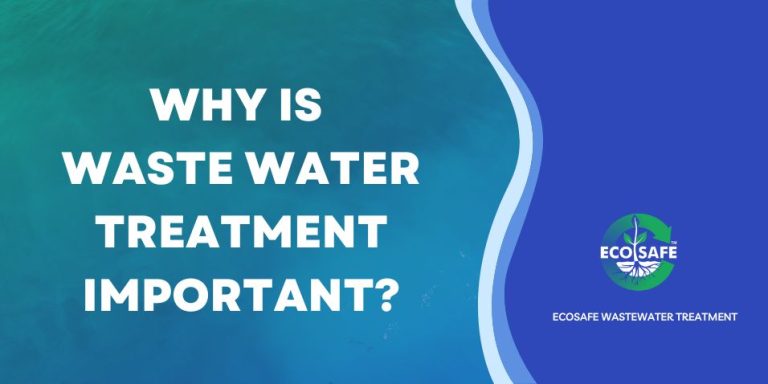Reclaim Waste Can Be Fun For Everyone
Reclaim Waste Can Be Fun For Everyone
Blog Article
Getting The Reclaim Waste To Work
Table of ContentsThe Ultimate Guide To Reclaim WasteThings about Reclaim WasteOur Reclaim Waste PDFsReclaim Waste Fundamentals ExplainedThe Best Guide To Reclaim Waste
Domestic sewer waste refers to the waste and products from a residential septic container. The appropriate administration and disposal of domestic sewer waste call for fluid waste to be moved to a sewer treatment plant where the proper methods and equipment are used to detoxify and dispose of waste.
Industrial waste typically includes possible threats, such as combustible products or a combination of fluid and solid waste items, and needs an advanced and in-depth disposal process. The disposal of industrial waste usually includes the filtering of waste before transport to ensure risk-free and proper disposal. Hazardous waste is developed from by-products and overflow of industrial procedures and manufacturing.
This type of waste can not make use of the same sewer administration transportation or processes as septic or business liquids. The commercial waste monitoring procedure calls for the assessment and testing of liquid waste prior to it undertakes the disposal procedure (liquid waste disposal). Runoff waste is the liquid waste that comes from runoff and excess stormwater in very populated areas or cities
Overflow waste can trigger contamination and flooding if not handled appropriately. Guaranteeing proper waste administration can protect against calamities and decrease ecological harm.
The Greatest Guide To Reclaim Waste
Contact PROS Providers today to learn more about our waste management and disposal services and the proper means to look after the fluid waste you generate.
(https://anotepad.com/note/read/pkncyr85)Do you know what happens to your water when you pull the plug, flush the bathroom or drain the cleaning device? No? Well, it deserves recognizing. This supposed 'wastewater' is not only an important source yet, after therapy, will be launched to our land, waterways or the ocean. Used water from commodes, showers, baths, kitchen area sinks, washings and commercial procedures is understood as wastewater.

water used to cool down equipment or tidy plant and equipment). Stormwater, a kind of wastewater, is runoff that flows from farming and urban areas such as roof coverings, parks, gardens, roadways, courses and rain gutters into stormwater drains pipes, after rainfall. Stormwater flows untreated straight to local creeks or rivers, eventually reaching the ocean.
Reclaim Waste - Questions
In Queensland, the majority of wastewater is treated at sewage therapy more plants. Wastewater is transported from residential or industrial websites via a system of sewers and pump terminals, understood as sewage reticulation, to a sewer therapy plant.
The Division of Natural Resources advises city governments about handling, operating and keeping sewage systems and therapy plants. In unsewered areas, local federal governments may need owners to mount individual or house sewage treatment systems to deal with domestic wastewater from toilets, kitchens, washrooms and washings. The Department of Natural Resources authorises using home systems when they are verified to be reliable.
In some new class, treatment of some stormwater to get rid of trash, sand and gravel has started utilizing gross toxin catches. Wastewater treatment occurs in 4 phases: Eliminates strong matter.
Utilizes little living microorganisms recognizes as micro-organisms to damage down and remove staying dissolved wastes and fine particles. Micro-organisms and wastes are included in the sludge.
The Greatest Guide To Reclaim Waste
Nutrient elimination is not readily available in any way sewage therapy plants because it needs pricey specialised equipment. It is becoming extra usual in Queensland. Clear liquid effluent created after treatment may still consist of disease-causing micro-organisms. If this effluent is launched into waterways such as rivers or the sea, the micro-organisms will eventually pass away out.

This generally indicates wastewater has to be treated or impurities eliminated before it can be released to rivers. Many wastewater flows right into the sewage system. Under the Act, local federal governments provide approvals and permits for ecologically appropriate activities (ERAs) involving wastewater launches that may have a local influence. The department administers authorizations and licences to Ages including wastewater releases that may have a regional or statewide influence.
The Ultimate Guide To Reclaim Waste
Surveillance gives valid information about water quality and can validate that permit conditions are being fulfilled. The information obtained with surveillance provides the basis for making water quality choices.
Report this page